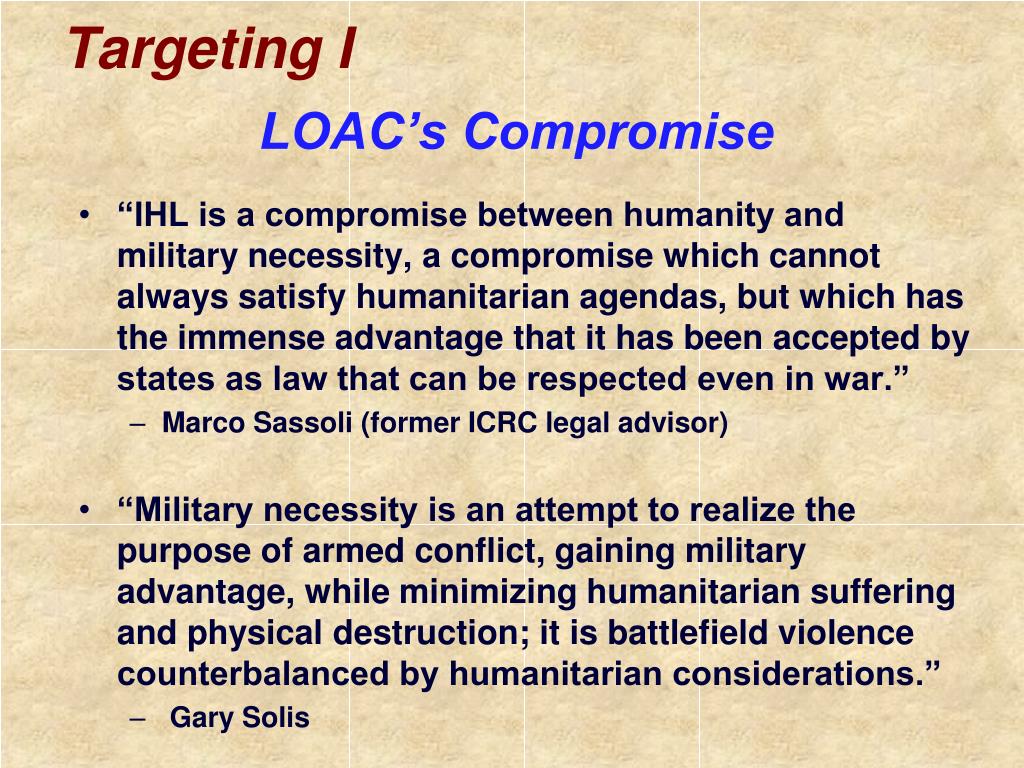

ConclusionsĪn evaluation of the merits and challenges raised by this suggestion will lead to a conclusion as to the role that human rights and ceasefire agreements could have during humanitarian crises. Resultsīased on the findings of this analysis, a new measure-the possibility of using a ceasefire agreement to impose specific human rights obligations on all parties to a conflict-will be assessed. The paper will then critically analyse some of the initiatives that have already been taken to mitigate the disparity in human rights protection during armed conflicts. In order to achieve this, the paper will first discuss the international laws applicable to situations of non-international armed conflict. The paper aims to assess what role human rights may have in improving humanitarian crises, suggesting one specific way in which they may be used. Although several initiatives have been taken to encourage non-state actors to mitigate situations of humanitarian crisis, the role of human rights law is somewhat under-developed in this respect. This is exacerbated by the lack of direct human rights obligations for non-state armed groups. This makes governing the behaviour of non-state parties to non-international armed conflicts (non-state armed groups) extremely challenging.

The international humanitarian law rules governing non-international armed conflict remain much less developed than those for international armed conflicts.

Given the prevalence of non-international armed conflicts today, ways of ameliorating these situations are at the forefront of concerns. Situations of humanitarian crisis are often caused by armed conflicts.


 0 kommentar(er)
0 kommentar(er)
